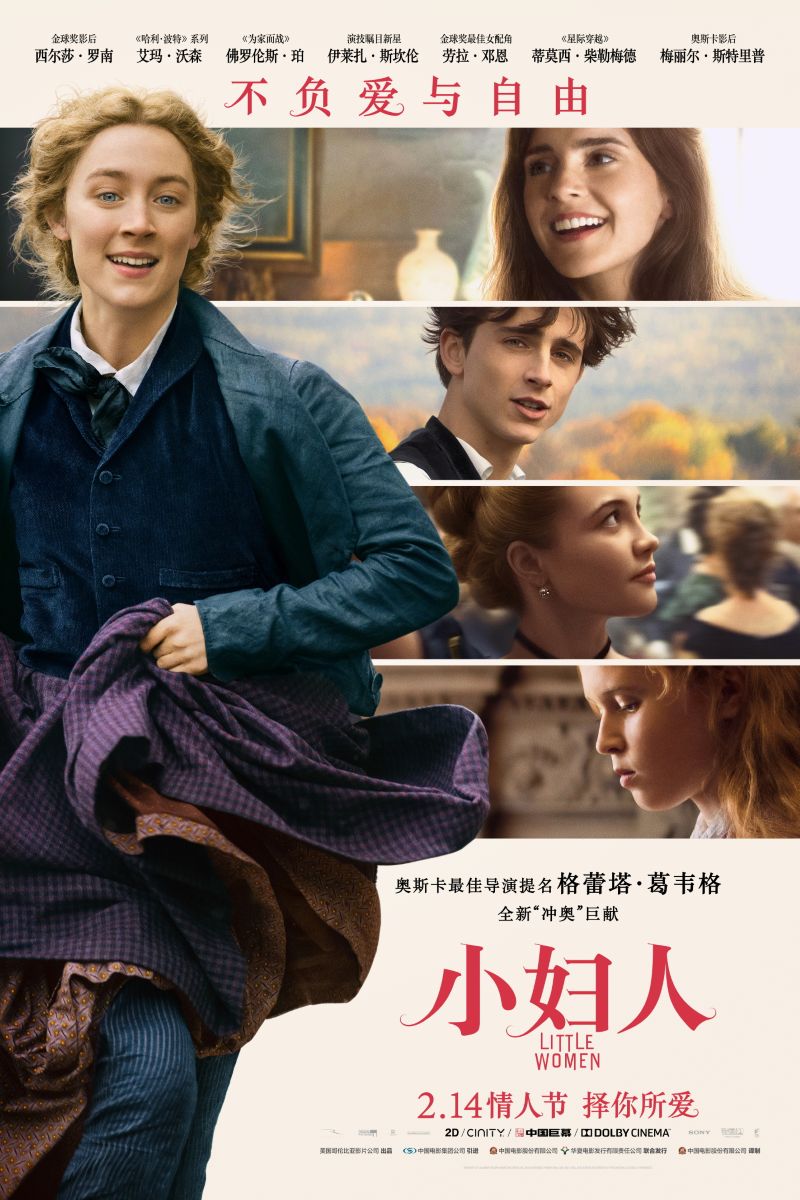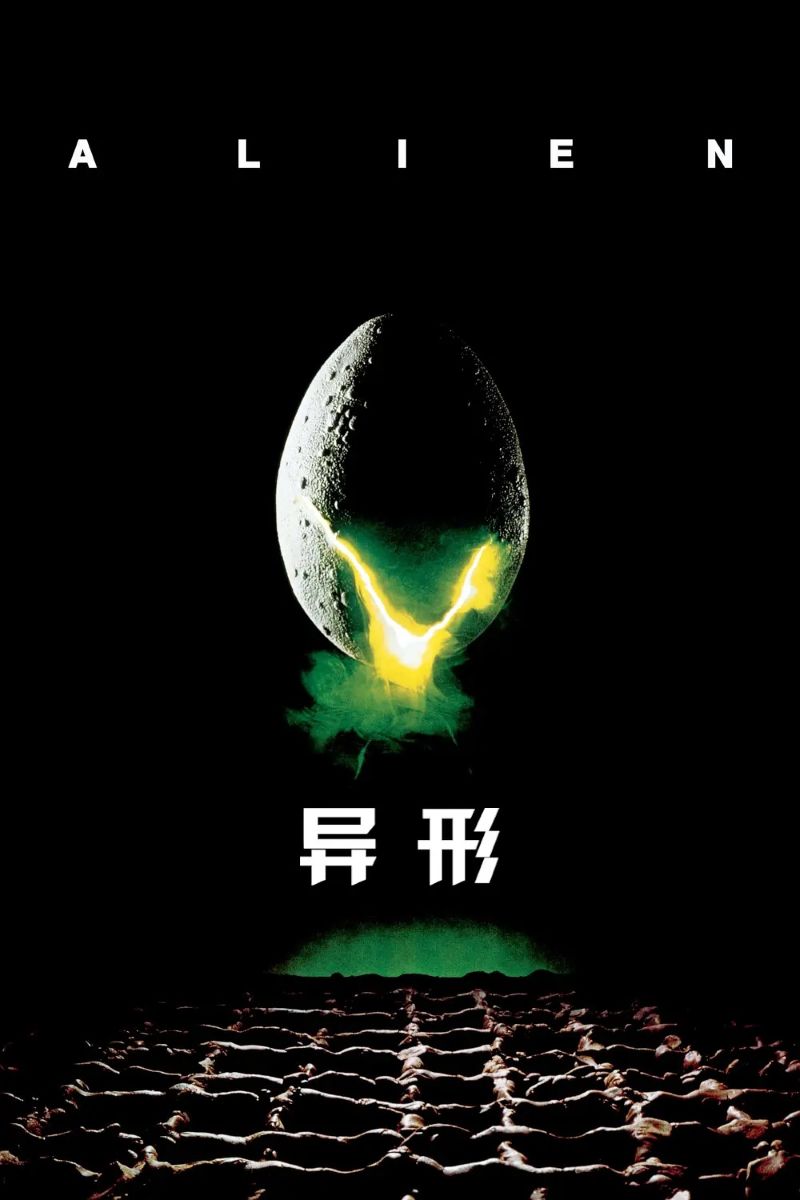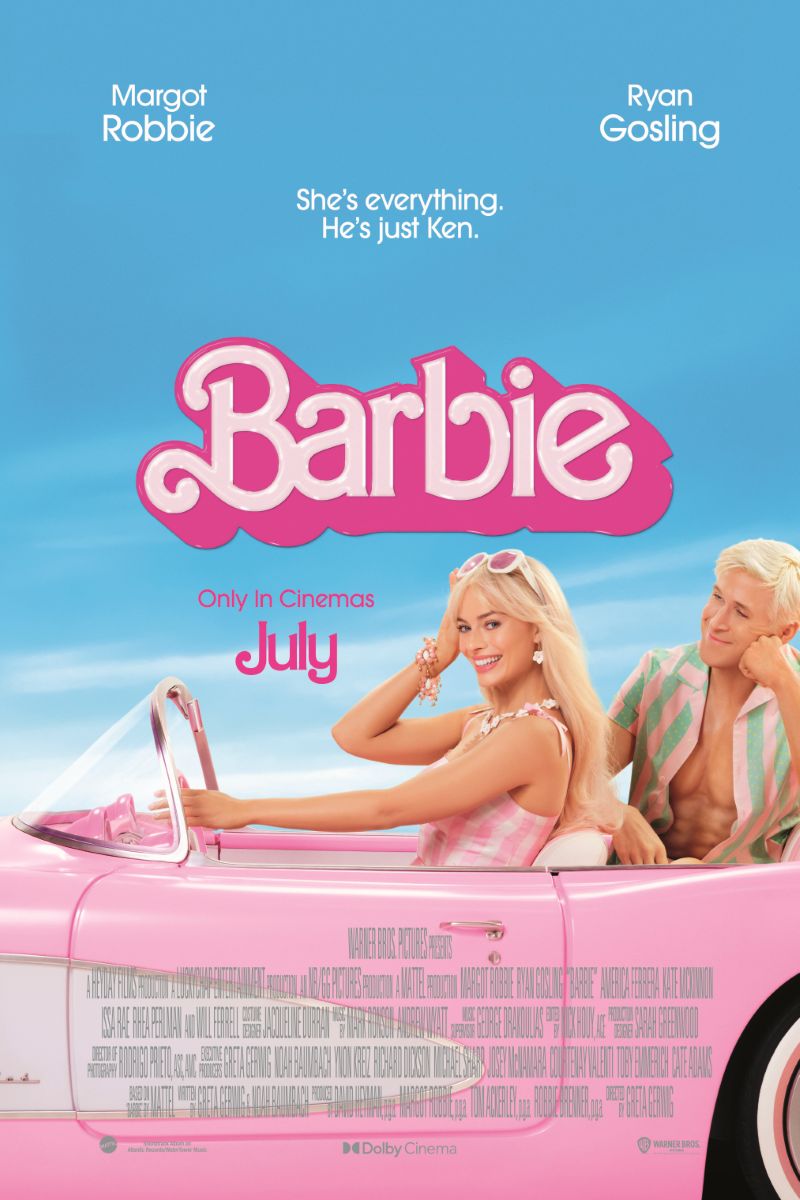
Little Women
Little Women
Greta Gerwig's 'Little Women' reinterprets Louisa May Alcott's classic novel from a contemporary feminist perspective, exploring 19th-century women's struggles between artistic creation, economic independence, and social expectations, breathing new life into the classic story.
主演
🎥 影评与解读
Greta Gerwig’s 2019 adaptation of “Little Women” represents a revolutionary reinterpretation of Louisa May Alcott’s classic novel. Through ingenious narrative structure and a strong feminist lens, Gerwig not only preserves the warmth and depth of the original work but infuses this 19th-century story with 21st-century insights, creating a masterpiece that is both faithful to the spirit of the source material and profoundly contemporary in its significance.
Innovative Narrative Structure
Gerwig’s most striking innovation is her non-linear narrative approach, weaving between past and present to create a more complex emotional landscape. The film opens with the March sisters as adults, then moves fluidly between their childhood and their present circumstances. This structure allows viewers to see how childhood dreams and adult realities intersect, creating a more mature understanding of how life shapes ambition.
The dual timeline serves a feminist purpose by refusing to present women’s lives as simple linear progressions from girlhood to marriage. Instead, it shows how women’s desires, relationships, and circumstances evolve in complex ways that resist traditional narrative expectations.
Jo March as Feminist Artist
Saoirse Ronan’s Jo March becomes a powerful representation of the female artist struggling against social and economic constraints. Gerwig transforms Jo from simply a tomboyish character into a complex portrayal of artistic ambition confronting practical limitations.
The film’s treatment of Jo’s writing career addresses contemporary concerns about women’s creative work being undervalued or dismissed. Her negotiations with her publisher about the content and ending of her novel mirror real struggles female authors face in balancing artistic integrity with commercial demands.
Jo’s famous declaration “I want to be great or nothing” takes on new resonance when viewed through the lens of women’s limited opportunities for greatness in the 19th century, while speaking to contemporary discussions about women’s ambition and achievement.
Economic Independence and Marriage
Each sister’s storyline explores different aspects of women’s relationship to economic security and romantic partnership:
Meg (Emma Watson) chooses love and family life but struggles with financial limitations and the loss of personal luxury, examining how economic dependence can complicate even chosen domestic roles.
Amy (Florence Pugh) initially pursues marriage to Fred Vaughn for financial security, articulating the harsh economic realities that make strategic marriages necessary for women without independent means. Her famous “economic argument” speech became one of the film’s most discussed scenes for its frank discussion of women’s limited options.
Beth (Eliza Scanlen) represents the domestic angel ideal but also embodies the costs of excessive selflessness and the psychological toll of having no independent identity.
Jo struggles with the tension between her desire for independence and her need for both emotional connection and economic stability.
The Economics of Women’s Choices
Gerwig’s adaptation gives particular attention to the economic realities that constrain women’s choices. Amy’s speech about marriage as an economic proposition for women without inheritance rights crystallizes the film’s understanding of how financial dependency limits women’s agency.
The film shows how even privileged women like the March sisters face significant economic constraints that shape their life choices in ways that men of their class would not experience. This economic analysis adds depth to what might otherwise seem like simple romantic choices.
Artistic Creation and Gender
The film’s meta-textual elements—particularly the parallel between Jo writing her novel and Alcott writing “Little Women”—explore how women’s creative work has historically been constrained by commercial and social expectations.
Jo’s publisher’s insistence that her protagonist must either marry or die reflects real constraints placed on female authors, while her eventual decision to give her heroine a romantic ending can be read as either compromise or strategic choice for broader impact.
Sisterhood and Female Relationships
Gerwig’s version emphasizes the complexity of female relationships, showing how sisters can be both sources of support and sites of competition and conflict. The film avoids idealizing sisterhood while still celebrating its power.
The scenes of creative collaboration between the sisters—their theatrical performances, shared reading, and artistic encouragement—demonstrate how women’s relationships can foster rather than hinder individual achievement.
Visual Feminism
The film’s visual style reinforces its feminist themes through costume design, color palette, and cinematography. The warm, golden tones of childhood memories contrast with the cooler, more muted colors of adult reality, suggesting both nostalgia and the sobering effects of maturity.
The costume design, which won the Academy Award, uses clothing to show character development and emotional states while avoiding the typical “period piece” approach that might distance modern viewers from the characters’ experiences.
Contemporary Relevance
While set in the 1860s, the film addresses issues that remain relevant for contemporary women:
Work-Life Balance: The tension between career ambition and personal relationships continues to disproportionately affect women.
Economic Inequality: Gender pay gaps and women’s economic vulnerability remain significant issues.
Artistic Recognition: Women artists continue to face challenges in gaining recognition and fair compensation for their work.
Choice vs. Circumstance: The film’s exploration of how circumstances limit choices resonates with ongoing discussions about privilege, opportunity, and individual agency.
Critical Reception and Cultural Impact
The film received widespread critical acclaim for its fresh approach to familiar material and its sophisticated treatment of feminist themes. It sparked renewed interest in Alcott’s novel and contributed to ongoing conversations about women’s historical and contemporary experiences.
The film’s success demonstrated that feminist reinterpretations of classic literature could achieve both critical respect and commercial success, potentially opening doors for similar projects.
Conclusion
Gerwig’s “Little Women” succeeds in creating a film that honors its source material while speaking directly to contemporary concerns about women’s lives, choices, and opportunities. By emphasizing the economic and social constraints that shaped 19th-century women’s lives, the film illuminates how many of these constraints persist in different forms today.
The film’s greatest achievement lies in its ability to present complex, nuanced portraits of women navigating between personal desires and social expectations without offering simple solutions or easy moral judgments. Instead, it invites viewers to consider how individual choices are shaped by broader social and economic forces, while celebrating women’s resilience, creativity, and capacity for both independence and connection.
Through its sophisticated narrative structure and contemporary feminist lens, this “Little Women” proves that classic stories can be renewed and revitalized when approached with intelligence, empathy, and a deep understanding of both historical context and contemporary relevance.
🏆 获奖与荣誉
- • 92nd Academy Award for Best Costume Design
- • 77th Golden Globe Best Actress Nomination
- • BAFTA Award for Best Supporting Actress
⭐ 评分与链接
相关推荐
讨论区
分享您的想法和观点
加入讨论
分享您的想法和观点
加载评论中...

